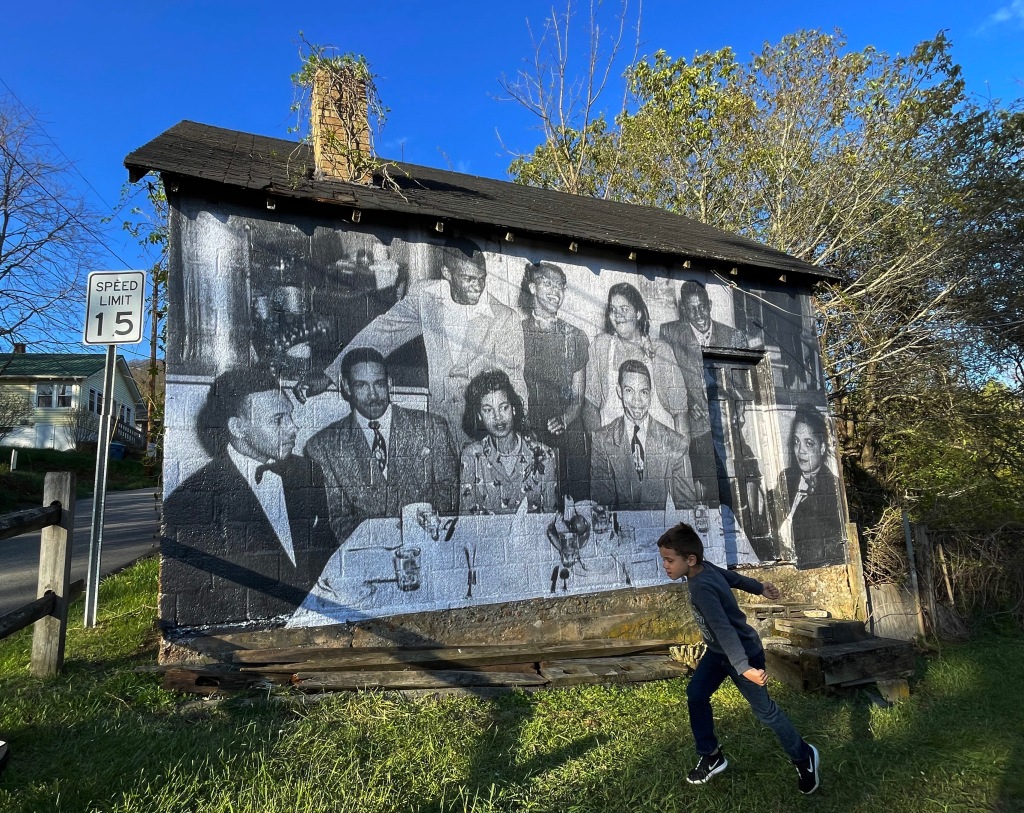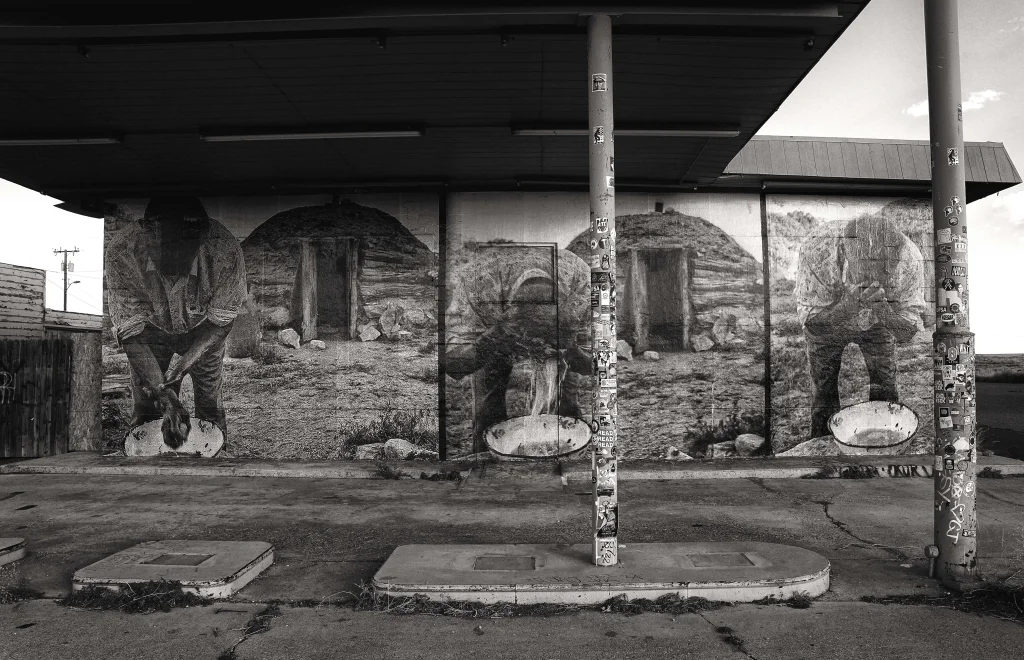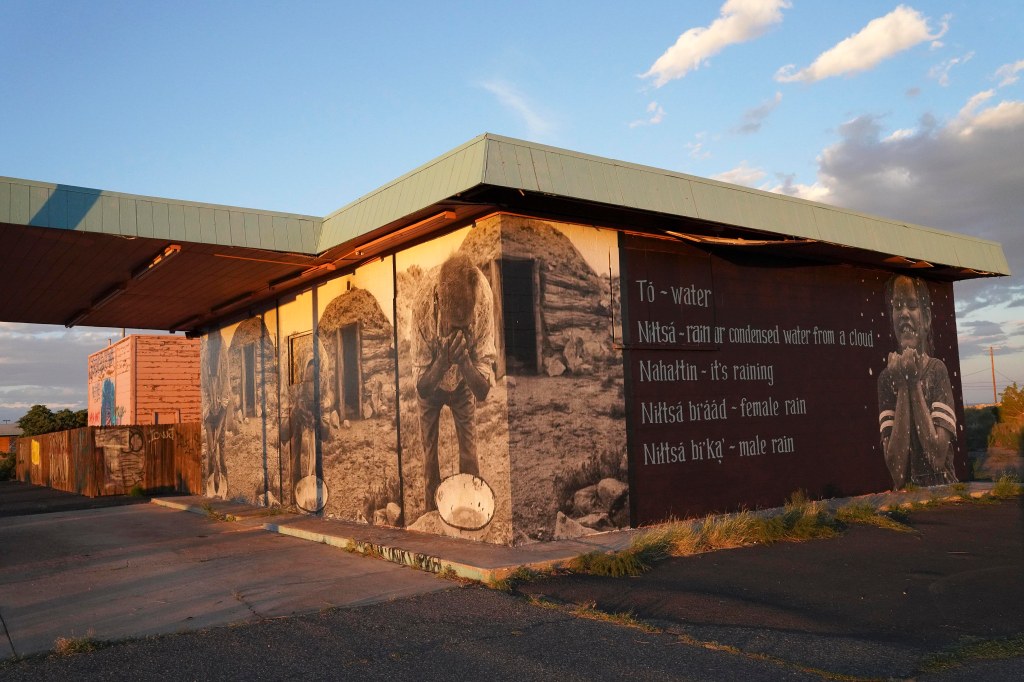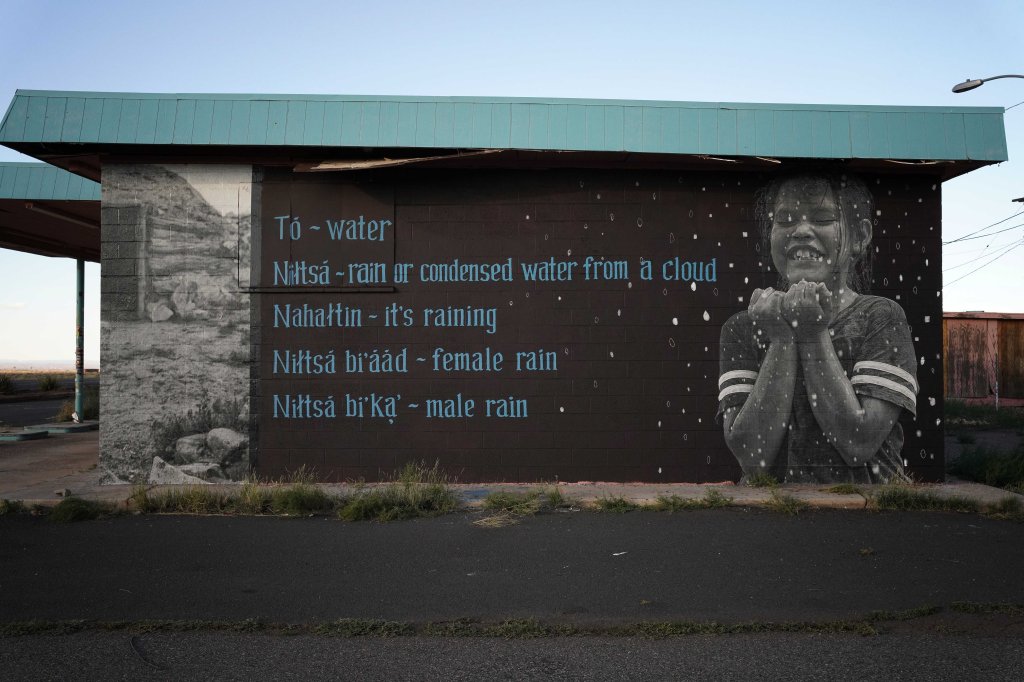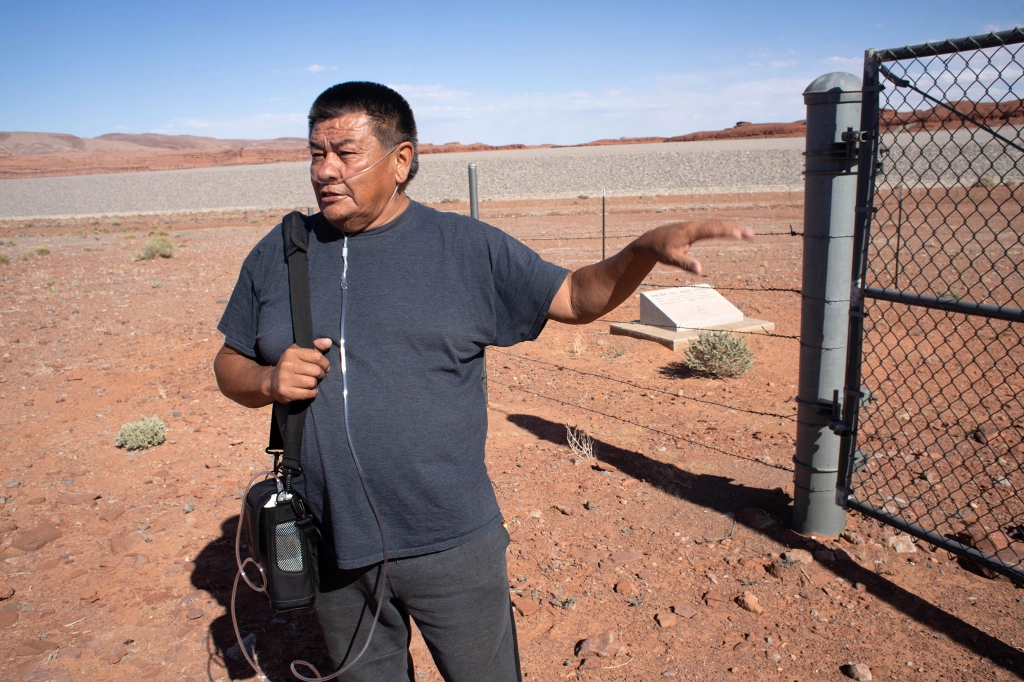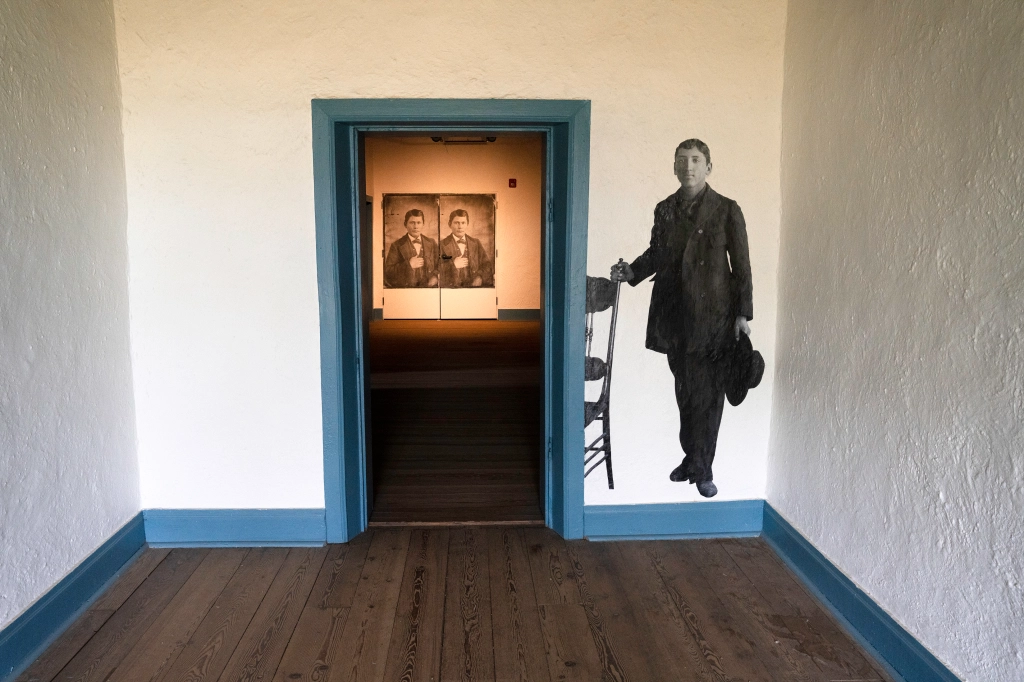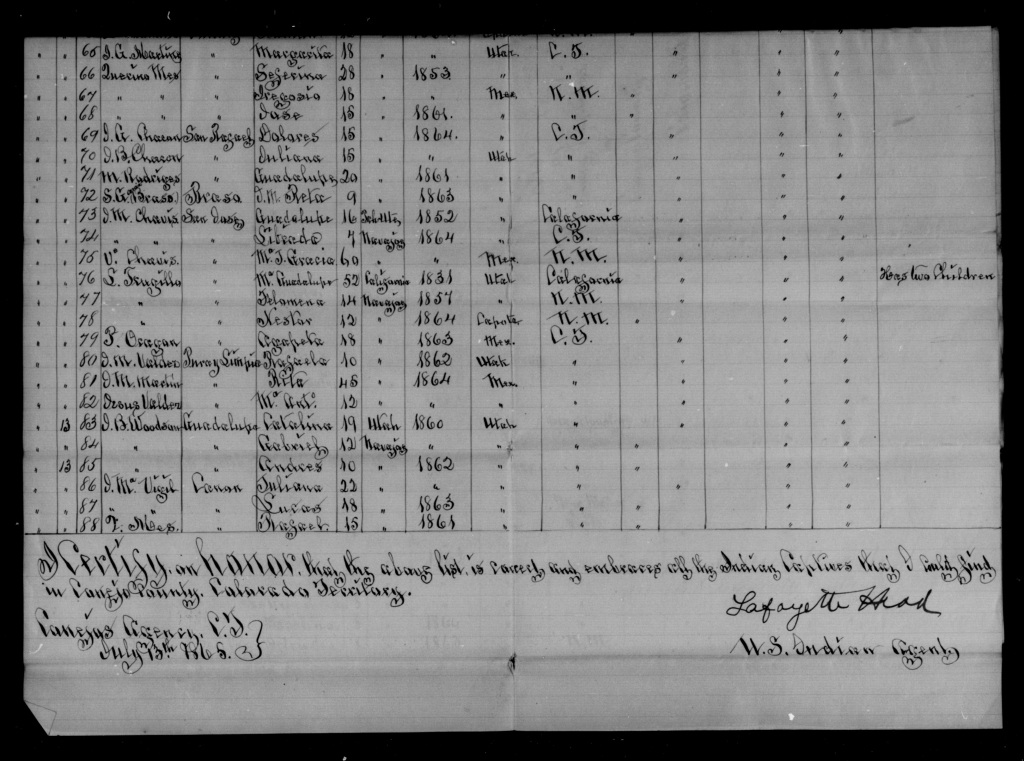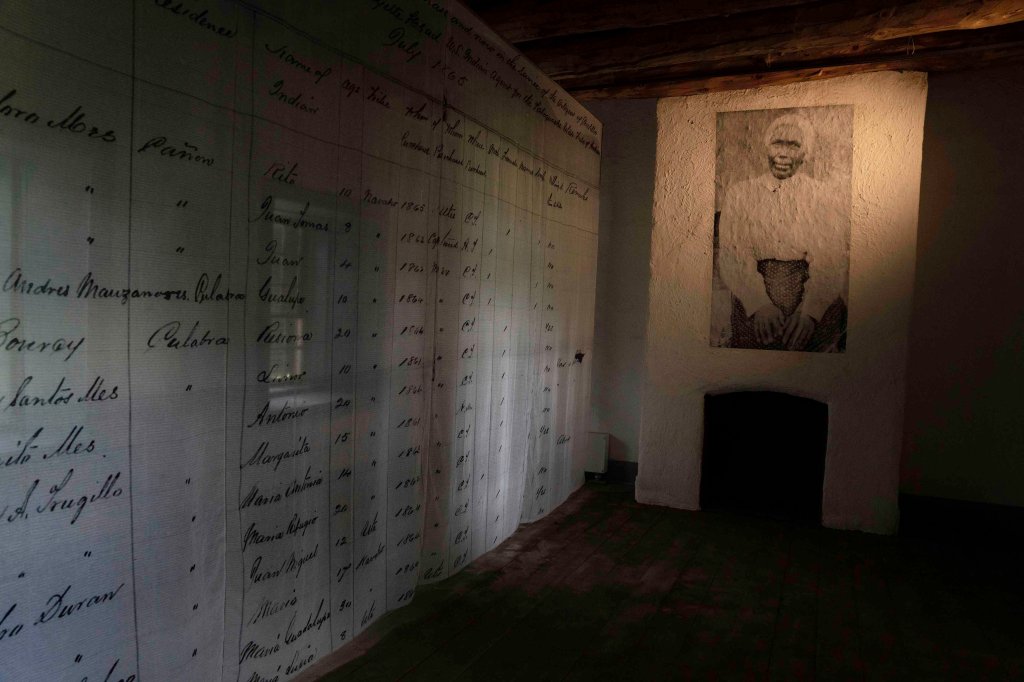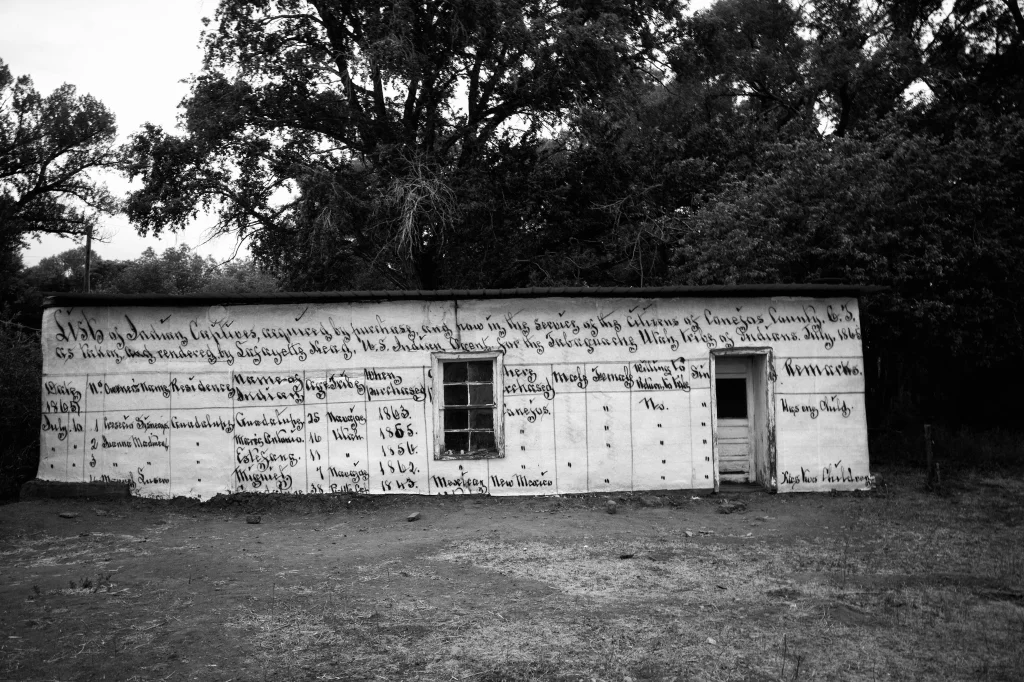
I didn’t know who the lady beside Charlie Glass was when I put this piece up in Moab, UT in October of this year. When Mary Langworthy of Moab Museum presented me with several photos of Charlie (included below), I gravitated to the image of him above because it shows 2 handsome and stylishly dressed black people in the Southwest the 1920s. I knew that the man, Charlie Glass, was a cattleman from Oklahoma who settled in Moab in 1917 where he became legendary. I presumed the woman to be his girlfriend.

The widely accepted narrative about Glass is that he was a “a Black cowboy who worked at the Turner, Osborn, and Cunningham ranches. This cowboy was known for his grit and ingenuity, qualities admired during his time pushing cattle from Moab to Thompson Springs. Glass was known for his fierce loyalty to ranch bosses, but his reputation was really made in 1921 during the Sheep Wars era, a time of conflict between sheepherders and cowboys. Glass found himself in an altercation with Basque sheepherder named Felix Jesui whose flock was encroaching on Oscar L. Turner’s property. Glass fatally shot Jesui and claimed self-defense”, as noted on the Moab Museum website.

The commonly accepted narrative continues… “Glass’ bail was set at $10,000 (the equivalent of $157,000 today) which his boss, Turner, paid immediately and without question. After a well-attended court hearing, Glass was acquitted and continued to work on the Turner Ranch for another 16 years. In 1937, Glass was playing poker with the cousins of the man he’d shot years before. After what local lore calls an amiable game, the group parted ways. But later that evening, Glass was found dead in the back of the men’s pick-up truck—reportedly, Glass’s neck was broken. The cousins claimed no foul play, but the truth of the night remains a mystery to this day.”

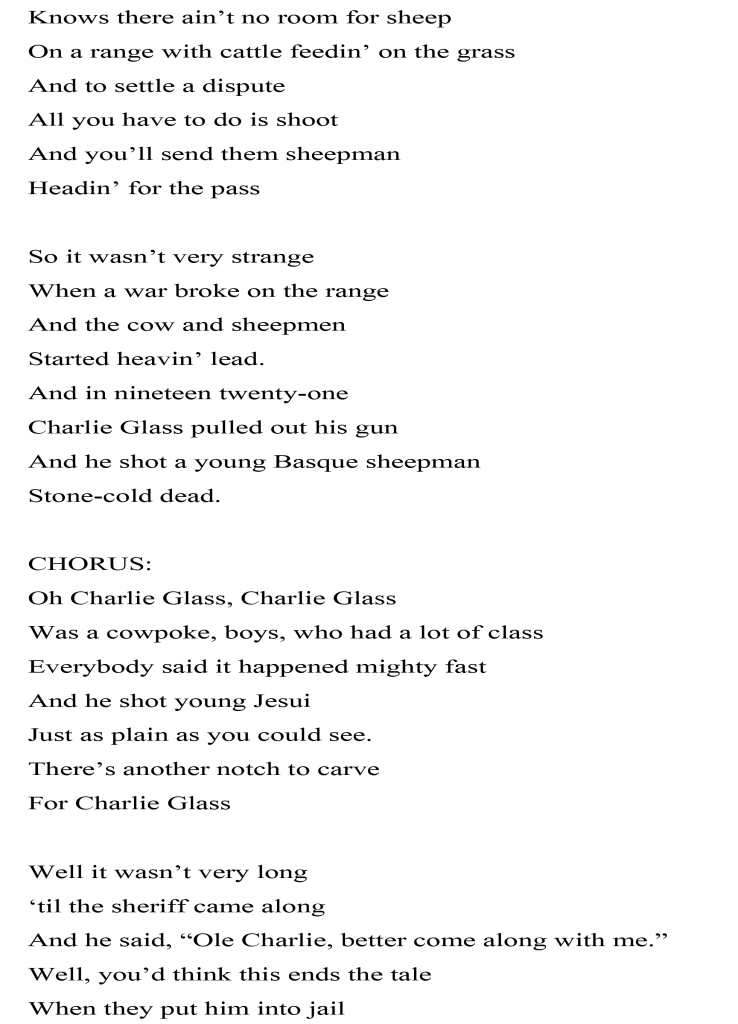
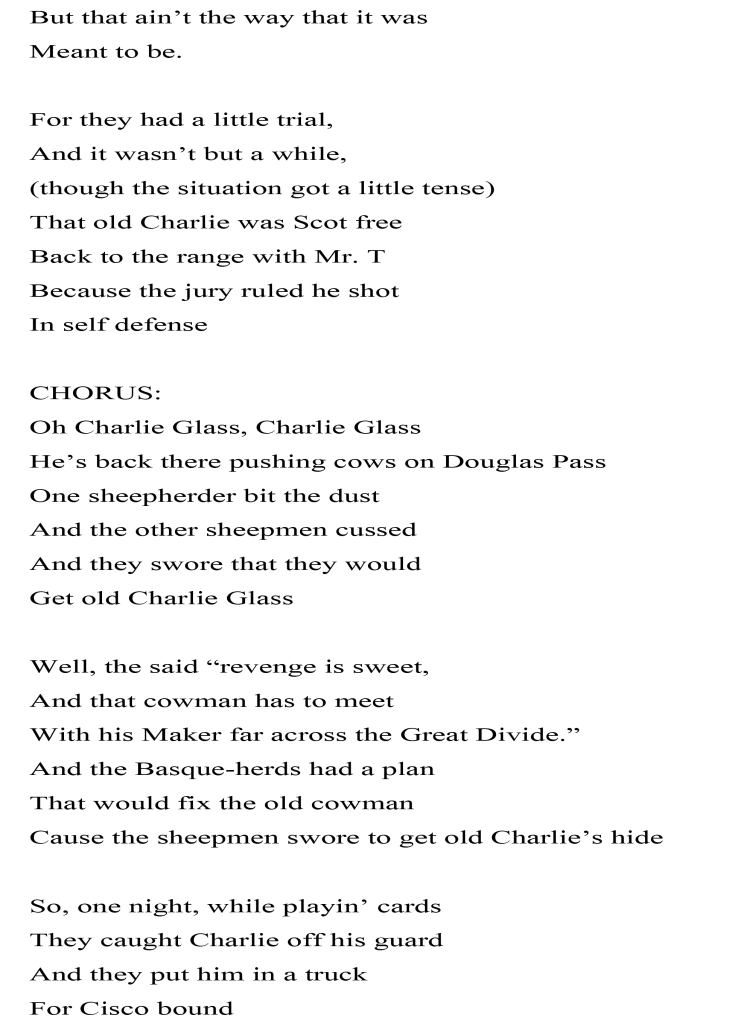

While many accept the story above, serious sleuthing by serious sleuths suggest otherwise. I met such a sleuth after the mural was installed.
The sleuth’s name is Stephan P. Zacharias. Until this fall Stephan worked at Moab Museum as the History Programs Interpreter. He happened to be on the walking tour I did with people interested in learning about the mural. I was asked by a woman on the tour who the woman is in the photo with Charlie Glass?

I admitted that despite my best efforts to learn more about her, I couldn’t find anything and assumed the woman was Charlie’s pregnant girlfriend. This unresolved question, left dangling in the air, began gnawing at Stephan which led to a most enlightening email exchange over a couple weeks. Some of the emails from Stephan follow…
October 6, 2023
7:48 am
Although, I will always take exception to the myth that has been perpetrated as “history” regarding his death.
He was not murdered as many like to suggest. The sheepherders he was traveling with were not in fact Basque, they were both Frenchmen who immigrated to America. Felix Jusui whom Charlie Glass murdered in 1921 (or was acquitted of murdering) was Basque and a Sheep Camp Mover in the region so it is like he knew both men, but there is no concrete evidence to support that. And the fact is all three men were injured in the truck crash (the most likely explanation for the crash is drunk driving…not intent to kill Charlie or cover up a murder as some might suggest over the years).
I have attached the 24 February 1937 article from Grand Junction, CO’s The Daily Sentinel which describes the accident and the injuries to all three men.
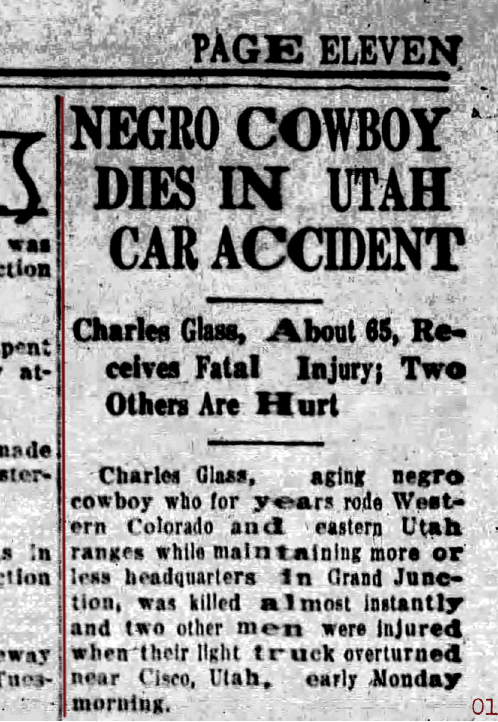



Oct 10, 2023, 11:18 AM (1 day ago)
Chip,
I don’t know that I will be able to verify or confirm this information, but I was re-evaluating his Death Certificate and it would appear that during his time in the West, Charlie informed people, who in turn informed the undertaker who filled out his Death Certificate that his father was “Dick Glass”
This is pretty significant in that Dick Glass and his gang of Muscogee (Creek) outlaws were pretty notorious in the annals of American Outlaw History. I’m down the rabbit hole on this one searching for any references to his children or wives mentioned in old newspapers in hopes I might be able to verify this information. It is reasonable to assume that it could be true in that Dick Glass was a Freedman Muscogee whose gang operated in the area of Indian Territory that Charlie was from, at the same time Charlie would have been born and spent his years before coming to Colorado and Utah.
But it’s also possible Charlie knew the significance of Dick Glass (as he was just as notorious as Jesse James) so he may have just claimed him as his father for the reputation and lore associated with being related to him.
If I find any confirmation of this I will keep you posted.
~Stephan

Oct 10, 2023, 12:37 PM (2 days ago), to me from Stephan
Chip,
Turns out Charles Glass was the son of “Badman Dick Glass” and brother to “Kid Glass” of American Outlaw fame.
Found this article from 1973 in the Grand Junction (CO) paper where they confirmed the relationship.
Here’s some info on the father Dick Glass: http://www.cchsm.com/resources/misc/wortman_cc/glass_dick.html

Stephan’s enthusiasm about Charlie Glass’ family history led me to find Art Burton’s “Black and Indian Gunfights of the Indian Territories” to learn more about Dick Glass. The author notes “Historian Kenneth W. Porter has suggested, ‘If Robin Hood, legendary outlaw-champion of the Saxon peasantry, ever existed as a historical character, he probably resembled Dick Glass more than he did Robin Hood of ballads, novels and movies.’”
Art Burton goes on to write…





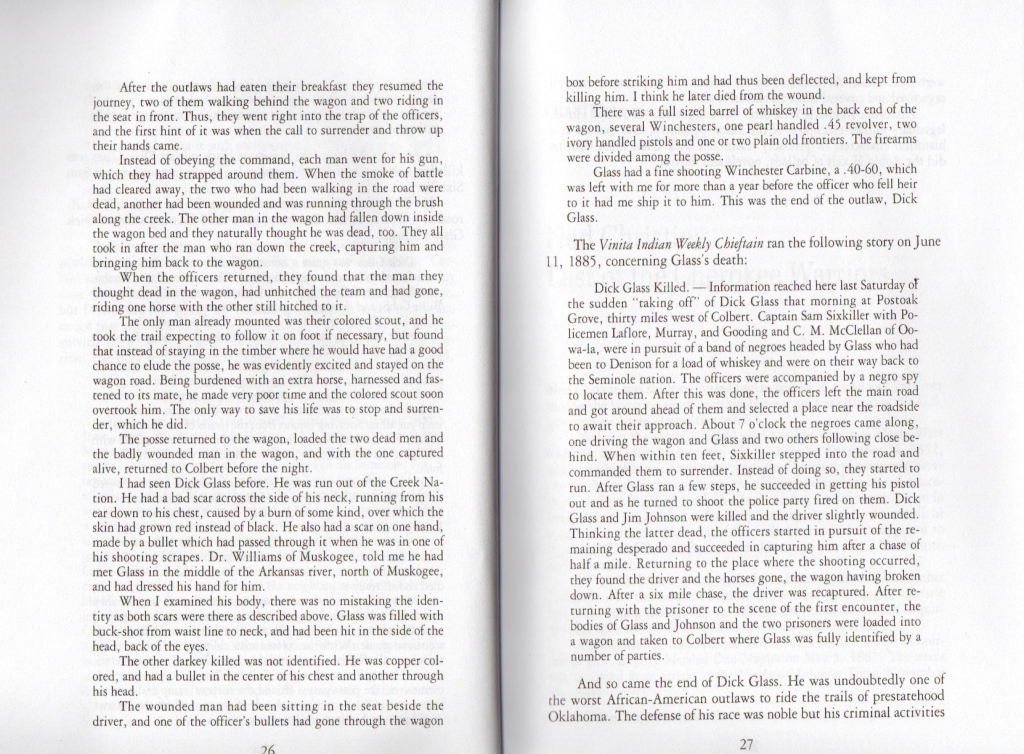

About Charlie’s brother, Kid Glass, Stephan writes:
Tue, October 10, 12:40 pm, from Stephan to me…
I forgot to add this clipping for “Kid Glass” who would have been Charlie’s brother and Richard Charles Glass, Jr.
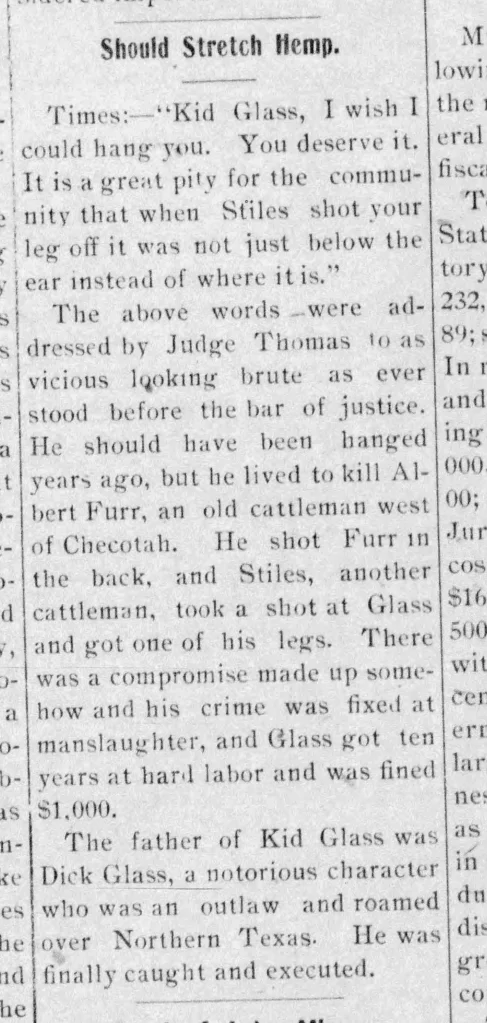


Meanwhile, back to Charlie Glass’ companion…

Oct 11, 2023, 11:41 AM (1 day ago) from Stephan to me…
Found this caption to the photo you used, and it would make sense. This would be when he resided in Cisco where the Census records indicate he is a homeowner. His sister Mrs. Lucy Pride would visit him once a year.

So, we now know the woman to be Lucy Pride, Charlie’s sister, who was also a Creek Freedperson living in Tulsa, OK from a notorious outlaw family. However, this only raises more questions, like – was Miss Lucy in Tulsa May 31 – June 1, 1919 during the Tulsa Race Massacre? If so, how did she escape? We can only wonder.
Charlie Glass (a man who knew how to wear a hat), from the Moab Museum archive:





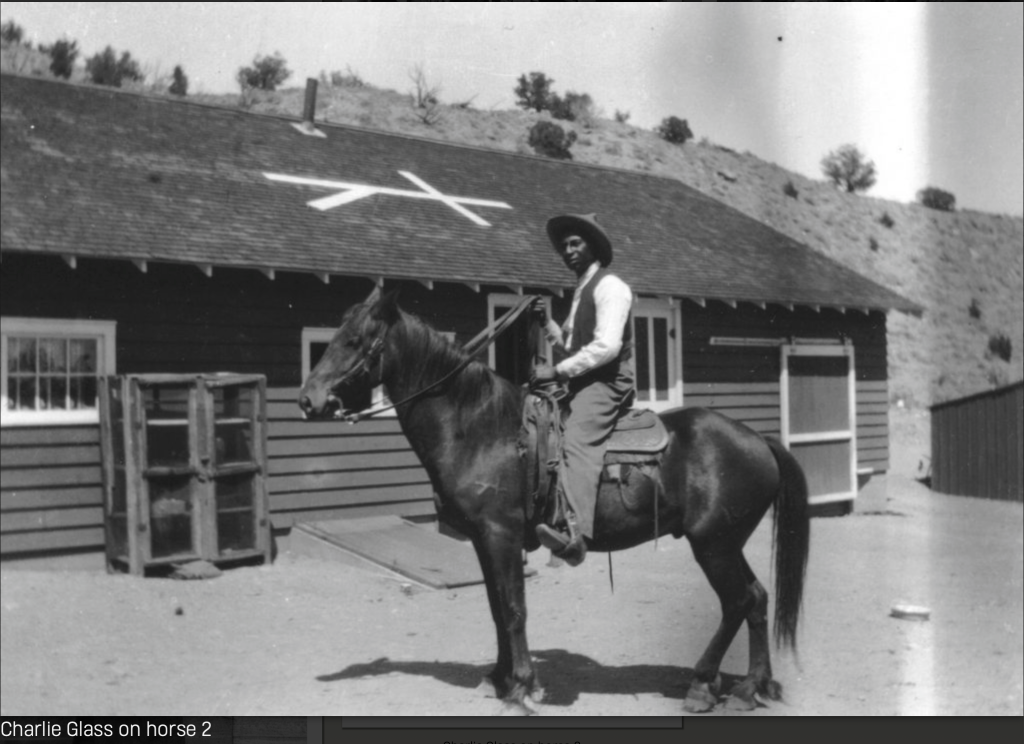

Shout out to Stephan P. Zacharias, Mary Langworthy, the #moabmuseum and Melisa Morgan of #marc.
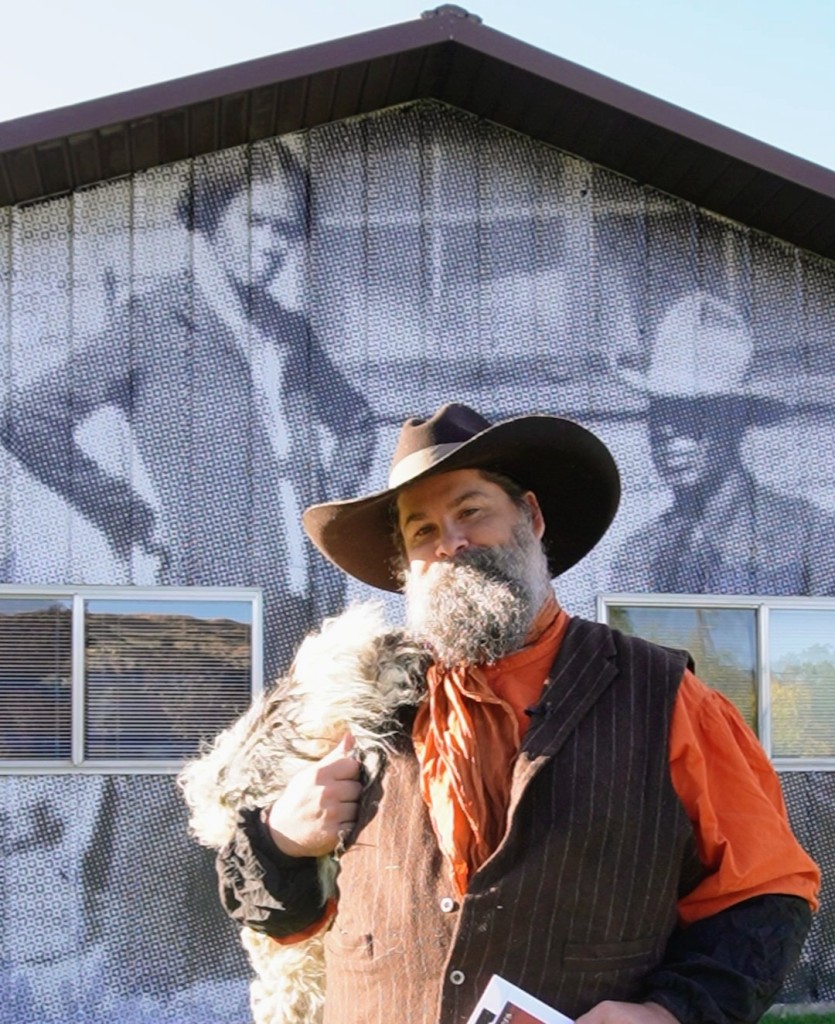
My first question to Stephan after he shared the wealth of rich history with me was where he was over the past year as I was attempting to research Charlie Glass? He mentioned that he was new to the museum and no one involved him in the project. He went on to say…
“I have been asked many times why I do what I do, and it goes back to something I learned volunteering at the Vietnam Veterans Memorial Wall in Washington, D.C. : “A man dies twice, first with the physical death. And then, when know is left to speak his name.”
My granddad is on that wall (KIA July 24, 1966 Chief of Smoke 2/9 Field Artillery, 25th Infantry Division) His granddad died a POW at Camp Sumter in Andersonville, GA (Pvt. Lawson, Volunteer Infantry, 8th Tennessee). His cousin was Colonel Gaines Lawson 25th INF Regiment (Colored) 1866-1892. Making sure that people know these stories and that who these men were and the things they overcame and accomplished is ultimately my family story as well. At least in my lifetime the goal is to at least one voice that keeps telling the story and when I can say their names.
More to come on the uranium queens also installed in Moab and in which Stephan was instrumental in determining who’s who in that installation. Stay tuned.

